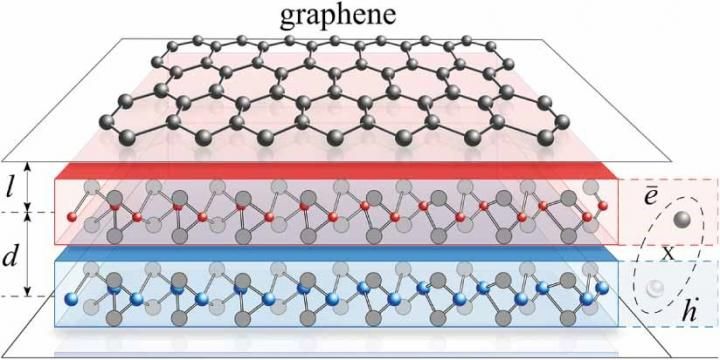2D form of carbon transforms into a high-temperature superconductor if placed near a Bose-Einstein condensate, say theorists.
Graphene can be made to superconduct by placing it next to a Bose-Einstein condensate – a form of matter in which all the atoms are in the same quantum state. According to the theorists who discovered it, this new type of superconductivity stems from interactions between the electrons in graphene and quasiparticles called “bogolons” in the condensate. If demonstrated experimentally, the work could make it possible to develop new types of hybrid superconducting devices for applications in quantum sensing and quantum computing.
Conventional superconductivity occurs when phonons – quasiparticles that arise from vibrations in a material’s crystal lattice – cause electrons in the material to pair up despite their mutual electromagnetic repulsion. If the material is cooled to sufficiently low temperatures, these paired electrons (known as Cooper pairs) can travel through it without any resistance.
Bose-Einstein condensates (BECs) form when bosons, or particles with integer quantum spin, are cooled until they are all in the same quantum state. Within this special “fifth state of matter”, quasiparticles called Bogoliubov excitations can develop. Named after the Russian physicist Nikolaï Bogoliubov, who was the first to provide a theoretical description of them, these quasiparticles are usually known as bogolons. Ivan Savenko, who led the research at the Institute for Basic Science (IBS) in Korea, explains that bogolons are similar to phonons in the sense that they also serve as mediators for electron-electron attractions.
